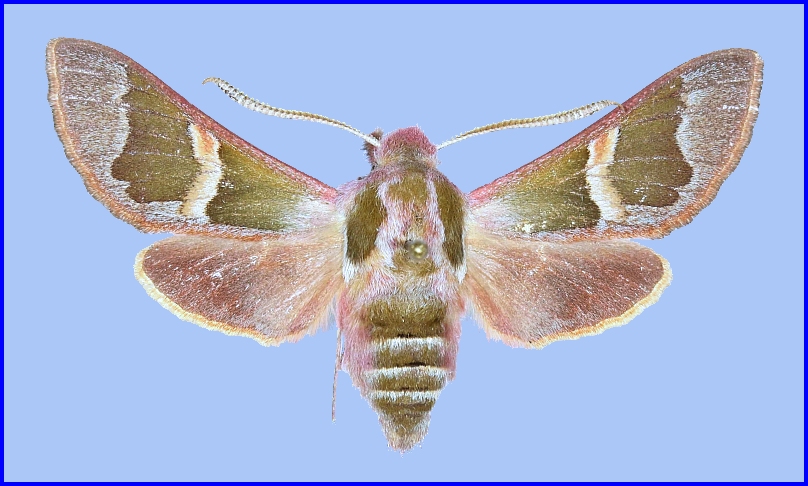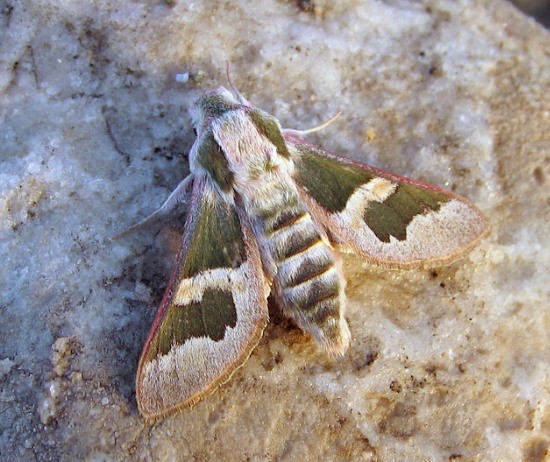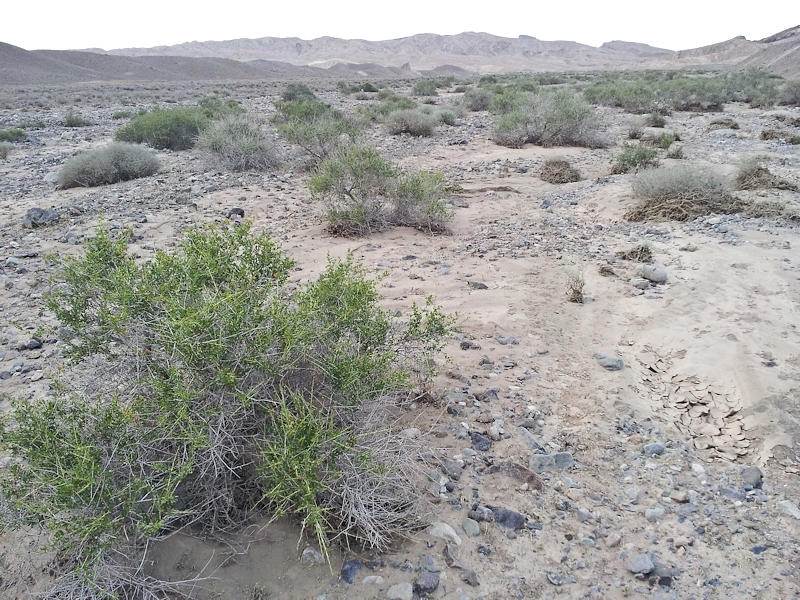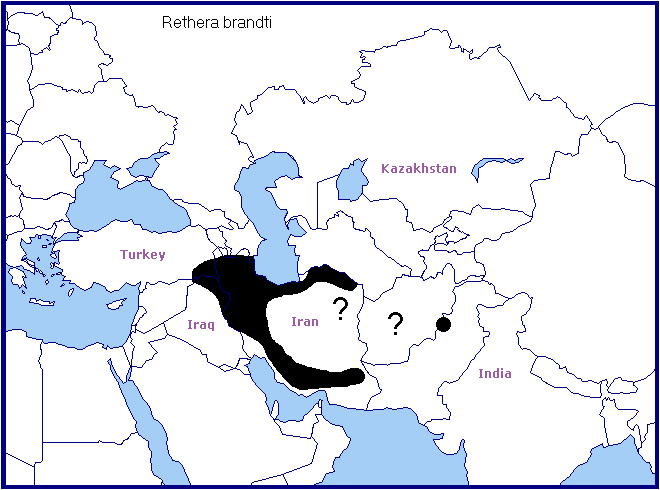UK: Lesser Madder Hawkmoth
Rethera brandti brandti O. Bang-Haas, 1937, Ent. Z., Frankf. a. M. 50: 562.Type locality: Elburz [Alborz] Mountains, northern Iran.
Holarctic; western Palaearctic region. Pleistocene refuge: Monocentric -- probably Iranian or Turanoeremic refuge.

Wingspan: 42--46mm. Quite distinct, though very similar to Rethera afghanistana Daniel, 1958; it can be confused only with a small Rethera komarovi (Christoph, 1885) but may be distinguished by its abdominal segments being edged with grey and the entirely green fourth segment. There is practically no variation.

Found on sparsely vegetated slopes up to 2000m. Like Rethera komarovi, this species is widely distributed as local populations containing large numbers of individuals. Comes to light, sometimes in great numbers.

Univoltine; April to mid-May; 23 April and 14-15 May at Natanz, near Kashan.
Unknown.
Hostplants. Unknown, but probably species of Jaubertia/Plocama/Gaillonia under desertic conditions, and Galium or Rubia in more verdant areas.
Unknown.
Thought to be restricted to the Alborz and Kopet-Dagh Mountains of northern Iran; however, some individuals from farther south near the Zagros Mouintains can also be assigned to this subspecies.
Extra-limital range. None.

Eastern Turkey, eastern Iraq and western Iran as Rethera brandti euteles Jordan, 1937.
 Return to species list
Return to species list